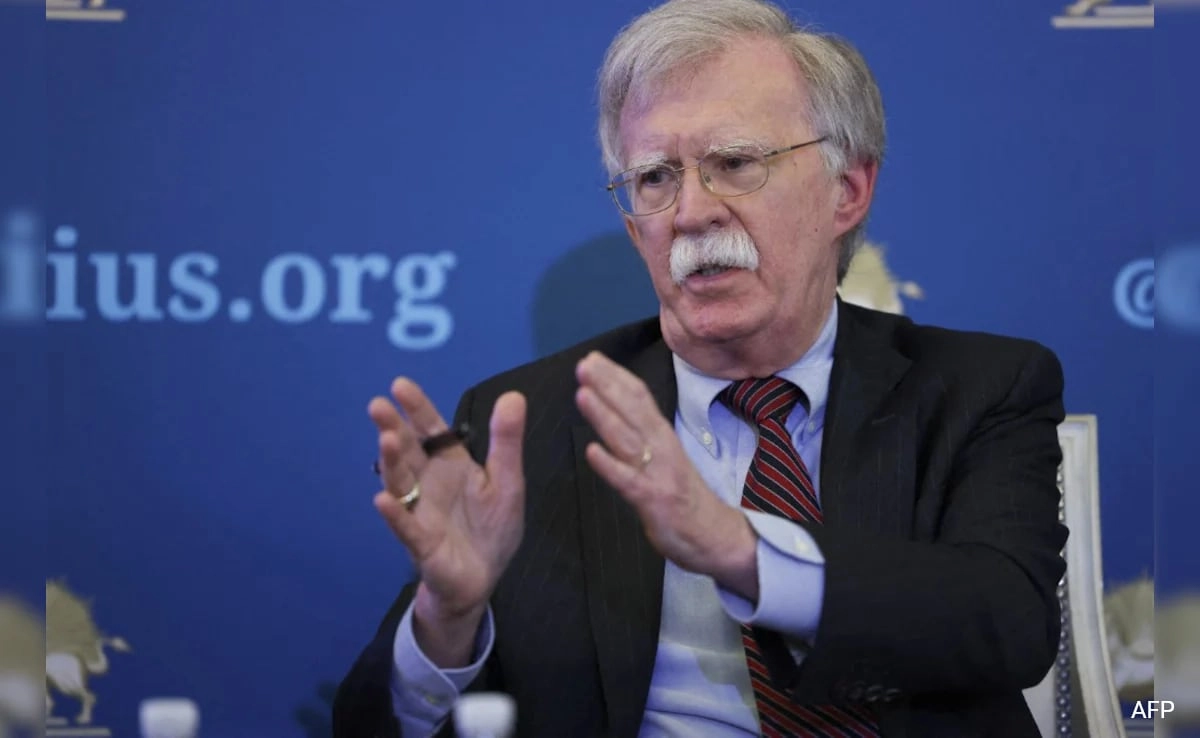On a recent mission that underscored the increasingly intricate relationship between commercial space ventures and national defense, Elon Musk’s SpaceX successfully launched the U.S. military’s X-37B space drone into orbit. This mission, shrouded in secrecy, is part of a broader trend where private companies are taking on roles that were once exclusively the domain of government agencies. The X-37B, an unmanned spaceplane developed by Boeing, is designed for long-duration missions and is capable of conducting a variety of experiments in space, making it a crucial asset for the U.S. Air Force and other branches of the military.
The launch took place from the Kennedy Space Center in Florida, marking yet another milestone for SpaceX, which has rapidly established itself as a leader in aerospace technology. With its reusable Falcon 9 rocket, SpaceX has revolutionized space travel, drastically reducing costs and increasing accessibility to low Earth orbit. The X-37B mission is particularly significant due to its classified nature; while some details about its objectives remain undisclosed, it is known to involve advanced technology testing and surveillance capabilities. This mission reflects the growing importance of space as a theater for military operations and the need for the United States to maintain its technological edge.
The collaboration between SpaceX and the U.S. military illustrates a paradigm shift in how defense initiatives are executed. As reliance on commercial partnerships increases, the synergy between private innovation and government requirements becomes more pronounced. The X-37B’s capabilities, including its ability to remain in orbit for extended periods, allow for experiments that could inform future defense strategies and technologies. While some may question the implications of militarizing space, this launch serves as a reminder of the strategic significance of maintaining a presence beyond our planet.
As the mission unfolds, it will be closely monitored by defense analysts and space enthusiasts alike. The X-37B’s previous missions have demonstrated its versatility and potential for various applications, ranging from technology demonstrations to intelligence gathering. The outcomes of this latest launch may further influence U.S. military policy and investment in space, as the challenges of securing assets in orbit become increasingly complex. In an era where space is becoming a contested domain, the successful deployment of the X-37B underscores the importance of innovation and adaptability in maintaining national security.




